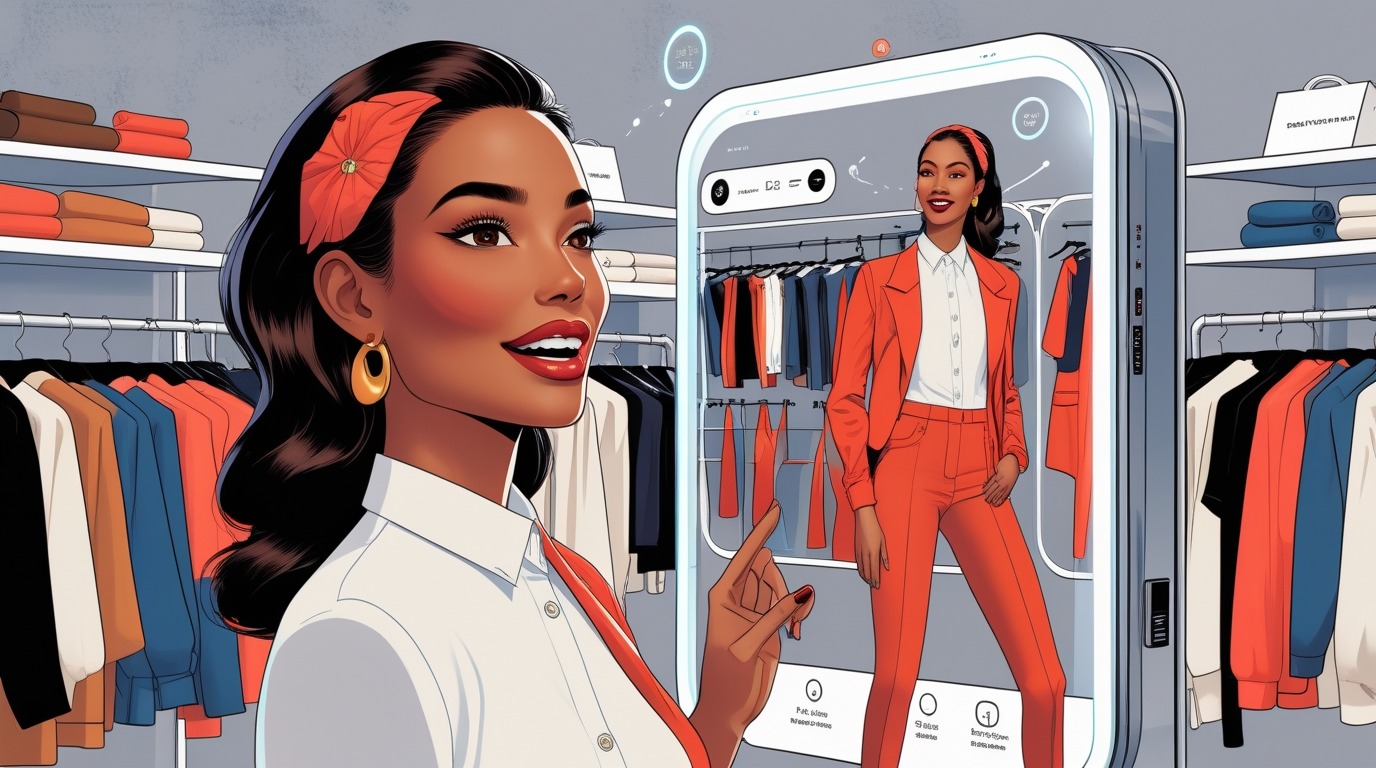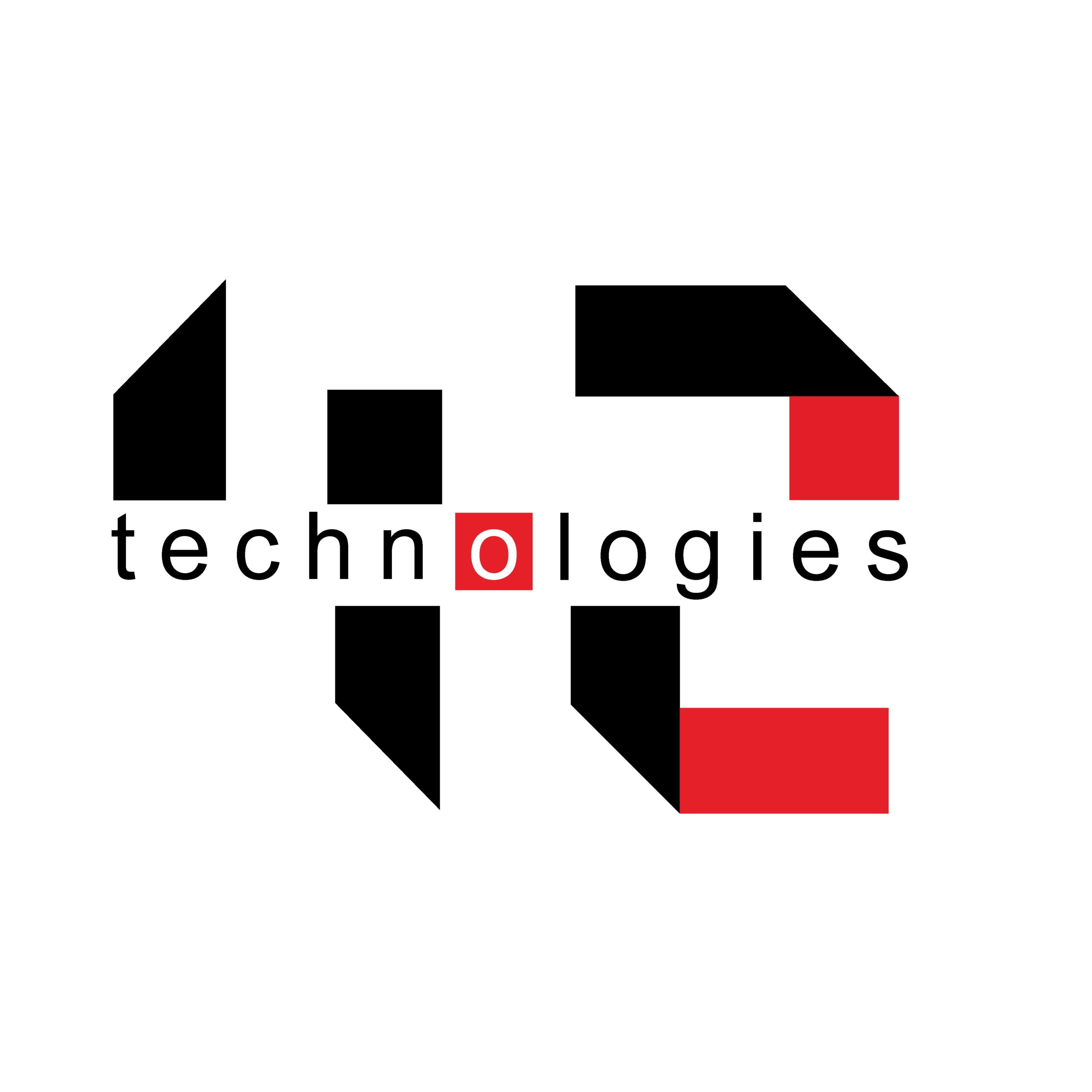search
AR Mirrors Entering E-Commerce: A Big Shift
Introduction:
- AR mirrors are the latest innovation in immersive technology, combining your real-world reflection with virtual overlays.
- Powered by Augmented Reality (AR), they allow you to try on clothes, accessories, or makeup virtually, without physically wearing them.
- You see a real-time digital version of yourself on screen — an exciting leap in the evolution of Experiential Marketing Services.
- At 4Point2Tech, we believe tools like AR mirrors show how AR, VR, XR & MR can redefine customer interaction and engagement.
Why Are AR Mirrors Important in E-Commerce?
- Online shopping often lacks the personal “try-before-you-buy” experience — and that’s where AR mirrors come in.
- They allow shoppers to visualize products virtually, enhancing purchase confidence and overall satisfaction.
- Key benefits include:
- Reduced return rates due to more accurate product visualization.
- Higher customer engagement through interactive experiences.
- Stronger brand recall with an immersive digital experience.
- These innovations align perfectly with AR, VR, XR, MR, and Experiential Marketing Services, combining storytelling and engagement to transform online retail.
How Do AR Mirrors Work?
- AR mirrors use depth sensors, AI, and computer vision to map your face or body.
- The system overlays digital versions of clothing, accessories, or beauty products using AR algorithms.
- The experience feels lifelike — as if you’re standing in front of a smart mirror wearing the item.
- This combination of Augmented Reality and experiential marketing is a glimpse into how 4Point2Tech integrates AR, VR, XR & MR into real-world applications for brands.
Key Use-Cases of AR Mirrors in E-Commerce

- Fashion & Apparel – Try on virtual outfits before buying.
- Beauty & Makeup – Test lipsticks, foundations, or hairstyles in real-time.
- Eyewear & Jewelry – See how frames or earrings fit your face shape.
- Home Decor – Use AR-powered visualization to preview furniture in your space.
- Retail Stores – Combine physical experience with digital interaction, creating the perfect blend of experiential marketing and technology.
These examples show how AR, VR, XR & MR solutions enhance e-commerce and retail by making shopping more visual, personal, and memorable.
Benefits for Customers
- Confidence in buying: You can see how a product truly looks on you.
- Convenience: Try multiple items without changing clothes.
- Fun and interactive: Makes online shopping feel like a real-world experience.
- Personalization: Advanced AR systems suggest styles based on your preferences.
- Immersive experience: Thanks to AR VR XR MR & Experiential Marketing Services, customers can interact with brands on a deeper level.
Benefits for Brands and Retailers
- Increased conversion rates – shoppers are more likely to buy what they can visualize.
- Reduced returns – accurate fit and realistic visuals minimize dissatisfaction.
- Brand differentiation – adopting AR mirrors shows your brand is tech-savvy and customer-focused.
- Stronger emotional connection – immersive experiences create brand loyalty.
- Data-driven insights – understand customer preferences through interaction analytics.
By adopting AR, VR, XR & MR technologies, brands can enhance their experiential marketing strategies and create shopping experiences customers will remember.
Challenges of Using AR Mirrors
- Realism and accuracy: Clothing drape and color rendering must be precise.
- Technical investment: High-quality AR requires advanced systems and training.
- Privacy and consent: AR mirrors use cameras; user data must be protected.
- Device limitations: Not all users have high-end devices for smooth AR interaction.
- User education: Shoppers may need time to adapt to AR-based experiences.
Despite these challenges, 4Point2Tech continues to refine AR, VR, XR & MR solutions to make them more accessible, secure, and reliable for businesses.
Market Growth and Future Trends
- The AR mirror industry is projected to grow from $4 billion in 2022 to nearly $15 billion by 2029.
- This growth is powered by the adoption of AR VR XR MR & Experiential Marketing Services in retail and e-commerce.
- Emerging trends include:
- AI-driven styling recommendations.
- AR-VR hybrid showrooms for fashion and furniture.
- AR window displays that let users try products without entering stores.
- Integration of Mixed Reality (MR) for full 360° shopping experiences.
4Point2Tech is at the forefront of these innovations — making Augmented Reality and Mixed Reality tools practical for businesses of all sizes.
Why AR Mirrors Are a Game-Changer for E-Commerce
- They bridge the gap between digital and physical shopping experiences.
- Create emotional engagement, a key part of experiential marketing.
- Help customers visualize products clearly, leading to faster decisions.
- Support the omnichannel retail strategy where online and offline blend seamlessly.
- With AR, VR, XR & MR integration, the shopping experience becomes personalized, interactive, and memorable.
How Brands Can Implement AR Mirrors
- Start small: Pilot AR try-ons for limited categories.
- Use reliable technology: Partner with experts like 4Point2Tech, who specialize in AR VR XR MR & Experiential Marketing Services.
- Integrate product data: Ensure 3D models match actual inventory.
- Optimize for UX: Make AR experiences fast, realistic, and device-friendly.
- Promote creatively: Share AR experiences on social media for user engagement.
- Analyze insights: Use analytics to measure engagement and conversion performance.
Impact on Consumers
- Confidence boost: See before you buy.
- Faster decisions: Try-on technology saves time.
- Experimentation: Discover new styles safely.
- Anywhere access: Available across phones, tablets, and AR-enabled devices.
- Enhanced satisfaction: A direct result of advanced immersive technology from 4Point2Tech.
Tips for Consumers Using AR Mirrors
- Treat AR visualization as a guide — real-world lighting and textures may differ.
- Use good lighting and high-resolution cameras for accurate try-ons.
- Check privacy settings before using any camera-based app.
- Use trusted sources — such as 4Point2Tech’s AR experiences — for safe interactions.
- Combine AR visuals with reviews and product info for smarter decisions.
Real-World Examples
- Sephora Virtual Artist: Try makeup in real-time using AR.
- Lenskart 3D Try-On: Virtually test eyewear styles.
- IKEA Place: Visualize furniture using AR technology.
- Gucci AR Shoes: Try footwear through AR-enabled apps.
- Nike Fit: Use smartphone AR for accurate shoe sizing.
These global leaders prove how AR mirrors and experiential marketing together drive customer engagement and satisfaction.
The Future of AR Mirrors in Retail
- With 5G and AI, AR experiences will become faster and hyper-personalized.
- Virtual and Mixed Reality (VR & MR) will make AR mirrors even more lifelike.
- Social AR try-ons will let friends shop together virtually.
- Metaverse integration will take experiential marketing to new heights.
- 4Point2Tech aims to pioneer these innovations, offering businesses AR VR XR MR & Experiential Marketing Services that merge technology and creativity seamless
Conclusion
- AR mirrors are transforming how we experience online shopping — merging real and virtual worlds into one seamless journey.
- For customers, it’s about confidence and excitement.
- For brands, it’s about innovation, engagement, and growth.
- With 4Point2Tech’s immersive technology, powered by AR, VR, XR & MR, brands can build stronger emotional connections with audiences.
- The future of e-commerce is not just digital — it’s experiential, interactive, and powered by AR mirrors.
Prev
Next
Drag
Map

